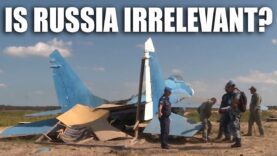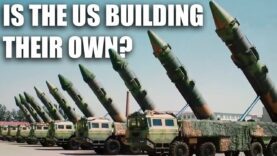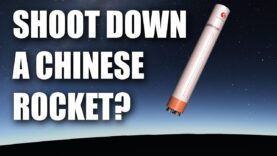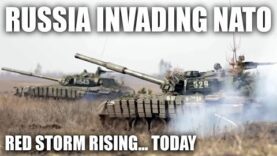Red Storm Rising if it Happened Today – US vs Russia Scenario
Red Storm Rising if it Happened Today – US vs Russia Scenario
Video Summary
As I listened to the book, I couldn’t help but think about how a war between the US and Russia would play out today. So much has changed since the fall of the Soviet Union, yet some things remain the same. For instance, Russia still operates long-range cruise missiles and hypersonic weapons that could greatly impact the course of a conflict.
In the book, the Soviet Union starts a war by launching a false flag attack against the Kremlin, which is then blamed on West Germany. This leads to a series of events that culminate in a large-scale invasion of Western Europe. The book covers a detailed invasion of West Germany, with massive tank battles, fighting over bridges, and securing strategic points. Unfortunately, I don’t have enough knowledge of modern tank warfare to make educated comments on its accuracy or how things have changed since then. Maybe we can convince someone, like Maximus, to create a video on that topic.
One of the fun aspects of the book is the space war, where both sides try to destroy each other’s satellites to limit their ability to gather intelligence on the ground. This is exactly what the Soviet Union did, and Russian “killer satellites” still occasionally appear in the news today. The US has also developed a system to destroy its satellites, like the SM-3 missile, which is currently deployed on many US warships throughout the world. This makes space warfare even more significant today, especially considering how much nations rely on satellite navigation, reconnaissance, and communication.
As I continued to listen to the book, I noticed that the Soviet Union’s plan to invade and occupy Middle Eastern countries to secure oil supplies seems unrealistic. They decide to attack and conquer countries, then ignore the Western powers. However, in reality, the US and its allies would likely come to the defense of those countries, leading to a complex and diverse war. The book also overlooks the importance of attacking command and control nodes, like headquarters, capitals, or ports, to disrupt the enemy’s ability to coordinate and fight back. In real life, you would want to try to strike at an enemy’s command and control to greatly reduce their ability to respond.
Another fascinating aspect of the book is the Soviet strategy for sinking US aircraft carriers, which is still the same today. They use large numbers of aircraft, typically Tu-22Ms armed with long-range anti-ship missiles, to saturate a ship’s defenses. In the book, they launch decoy bombers to confuse the carrier’s air defenses, allowing the real bombers to attack without being intercepted. However, the US Navy has since developed and practiced techniques to shoot down supersonic anti-ship missiles, and modern air defenses on ships are much better at intercepting these missiles. The US has even acquired the Kh-31 supersonic anti-ship missile from Russia to use as aerial targets to test their defenses.
In conclusion, “Red Storm Rising” is a great book that provides a thought-provoking look at the possibilities of war. While some things have changed since its publication, others remain the same, making it a fascinating and relevant read.
























